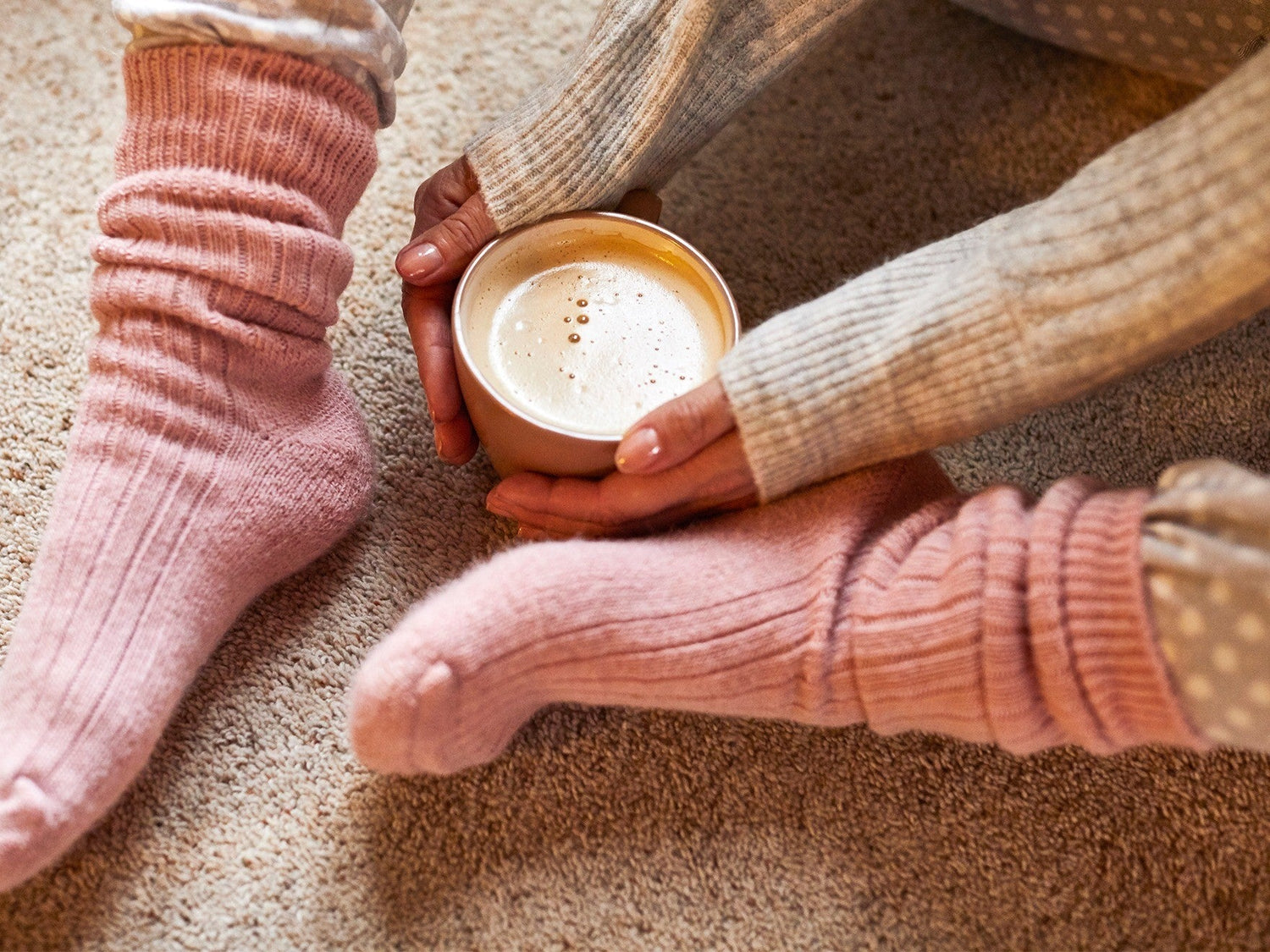Mohair Sock Guide: Benefits, Care, and Buying Tips 2025
Mohair sock popularity is soaring in 2025, thanks to their unmatched comfort and impressive performance for everyday wear and outdoor adventures. This guide is your go-to resource for discovering what sets the mohair sock apart from the rest.
You’ll explore the unique qualities of mohair, learn essential care tips, and get expert advice on choosing the right pair. Experience the luxurious feel, durability, and style that have everyone talking.
Ready to extend the life of your socks and enjoy maximum comfort? Dive in and make informed mohair sock choices today.
What is Mohair? Origins, Properties, and Production
Mohair is quickly gaining recognition among those seeking the perfect blend of comfort and durability in a mohair sock. But what exactly is mohair, and what sets it apart from other fibers? To answer these questions, let’s explore where mohair comes from, its unique properties, and how it’s transformed into the exceptional mohair sock you’ll love.
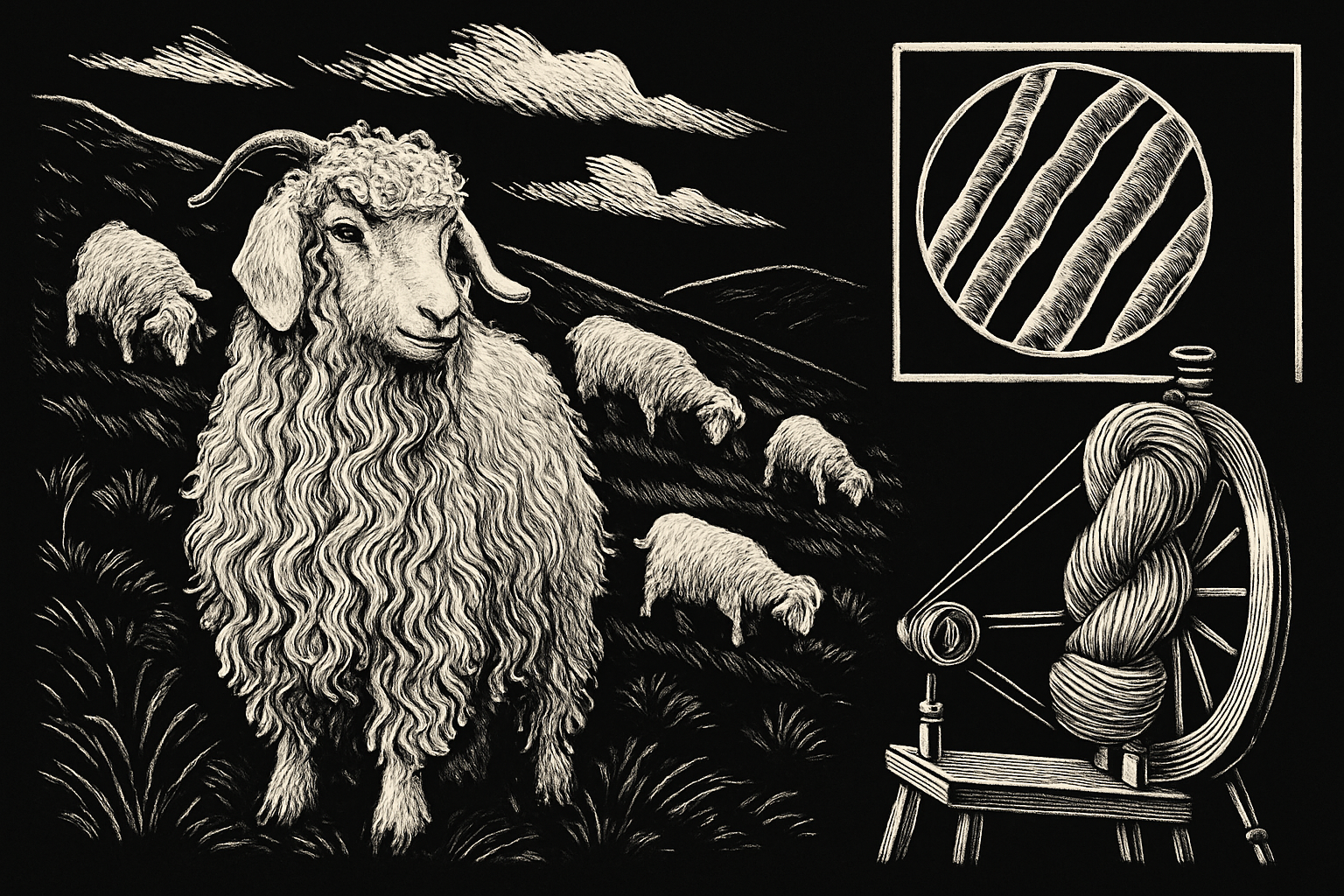
The Source: Angora Goats and Mohair Fiber
The story of every mohair sock begins with the Angora goat. These gentle animals are primarily raised in South Africa, the United States, and Turkey, where the climate and terrain are ideal for growing their signature fleece. Angora goats produce long, lustrous, and resilient hair that is shorn twice a year.
Globally, the annual production of mohair varies but typically ranges from 5,000 to 6,000 metric tons. South Africa leads as the largest producer, providing over half of the world’s supply. For those interested in detailed figures by country, the Mohair Production Statistics page offers valuable insights.
Compared to other fiber animals, Angora goats require less intensive grazing, which can result in a lower environmental impact. Their ability to thrive on arid land also supports sustainable farming practices. This natural origin is a key reason why mohair sock fans appreciate the fiber’s eco-friendly reputation.
Mohair Fiber Characteristics
Mohair fibers are recognized for their smooth surface and natural elasticity. This structure makes a mohair sock less prone to pilling and matting. The fibers have a natural sheen, giving them a silky appearance and luxurious feel.
When compared to wool, alpaca, or synthetic fibers, mohair stands out for its combination of softness and resilience. Wool offers warmth, while alpaca brings extra softness, but mohair’s unique luster and breathability make it a standout for socks. Synthetic fibers may be durable, but they often lack the natural comfort and hypoallergenic qualities of mohair.
Another benefit of mohair is its breathability and hypoallergenic nature. Many people with sensitive skin find that a mohair sock is less likely to cause irritation or allergies, making it a smart choice for daily wear.
Mohair in Sock Manufacturing
Transforming raw mohair into a premium mohair sock involves several careful steps. Manufacturers often blend mohair with fibers like wool or nylon to boost performance and durability. This creates socks that are soft, strong, and long-lasting.
The spinning process is designed to preserve the fiber’s natural loft, while dyeing can be done with plant-based or natural dyes to maintain eco-friendly standards. After dyeing, the finishing process ensures that each mohair sock retains its softness and shape.
Sustainability is a growing focus in mohair sock production. Many brands now prioritize ethical sourcing, reduced water use, and non-toxic dyes. When you choose a mohair sock, you’re not only getting comfort and performance but also supporting a more sustainable textile industry.
Key Benefits of Mohair Socks
Discovering the unique advantages of the mohair sock can transform the way you think about comfort, durability, and style. Whether you’re an outdoor enthusiast or just seeking everyday luxury, these socks offer remarkable features that set them apart from the rest.
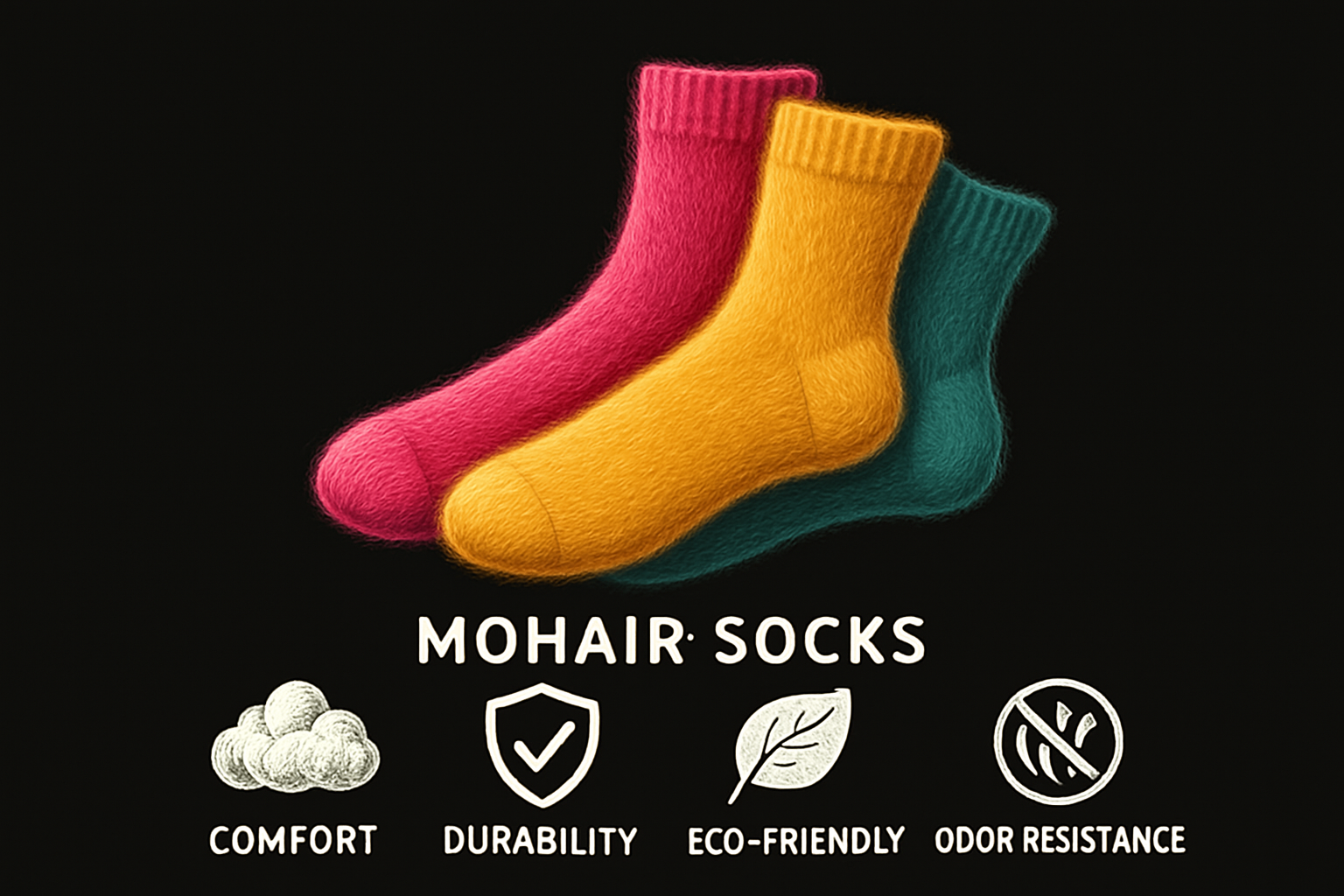
Superior Comfort and Temperature Regulation
The mohair sock is renowned for its natural ability to regulate temperature, making it a favorite for all seasons. Mohair’s hollow fibers trap air, providing exceptional insulation in winter and coolness in summer.
Unlike many other fibers, mohair wicks away moisture fast, which helps keep your feet dry and reduces the risk of blisters. The silky, soft texture is gentle on sensitive skin, minimizing irritation and discomfort.
If you want to dive deeper into these comfort advantages, check out this guide on the Comfort and Benefits of Mohair Socks.
Durability and Longevity
One of the standout features of a mohair sock is its impressive resilience. Mohair fibers are naturally strong, making these socks highly resistant to wear, pilling, and matting over time.
Compared to cotton or traditional wool, mohair lasts significantly longer. In fact, mohair socks often outlast regular wool socks by three to five times, offering better value for your investment.
This durability means fewer replacements and less waste, making them a smart choice for anyone seeking long-lasting comfort.
Natural Odor Resistance and Hygiene
Staying fresh on your feet is simple with a mohair sock. These socks have inherent antibacterial properties that inhibit the growth of odor-causing bacteria.
This makes them ideal for hiking, travel, or active lifestyles where you might need to wear socks for extended periods. The breathability of mohair also helps prevent moisture buildup, further reducing unwanted smells.
Say goodbye to embarrassing foot odor and hello to lasting freshness, no matter the adventure.
Eco-Friendly and Sustainable Choice
Choosing a mohair sock is a step toward sustainability. Mohair is a biodegradable, renewable resource, and its production generally has a lower environmental impact than synthetic alternatives.
Many brands in 2025 prioritize ethical sourcing, ensuring that Angora goats are treated humanely and that farms follow eco-conscious practices. As demand grows, so does the focus on traceable, planet-friendly supply chains.
This makes mohair socks not only a luxury for your feet but a responsible choice for the environment.
Versatility and Style
The mohair sock isn’t limited to one look or use. Available in a variety of thicknesses, colors, and blends, these socks easily transition from rugged outdoor adventures to cozy nights at home.
You’ll find mohair socks blended with silk or wool for extra softness, or reinforced with nylon for added strength. Whether you prefer ankle, crew, or knee-high styles, there’s a mohair sock to fit every occasion and personal taste.
With so many options, you never have to compromise on comfort or fashion.
Allergy-Friendly
If you have sensitive skin or wool allergies, the mohair sock could be your perfect match. Mohair is less likely to cause itching or irritation compared to sheep wool, thanks to its smooth structure and hypoallergenic properties.
This makes it an excellent option for those who typically struggle to find comfortable socks. You can finally enjoy warmth and softness without the usual discomfort, making every step a pleasure.
How to Care for Mohair Socks: Washing, Drying, and Storage
Caring for your mohair sock collection is key to preserving their comfort, softness, and longevity. With just a few mindful steps, you can keep each mohair sock looking and feeling its best for years to come.
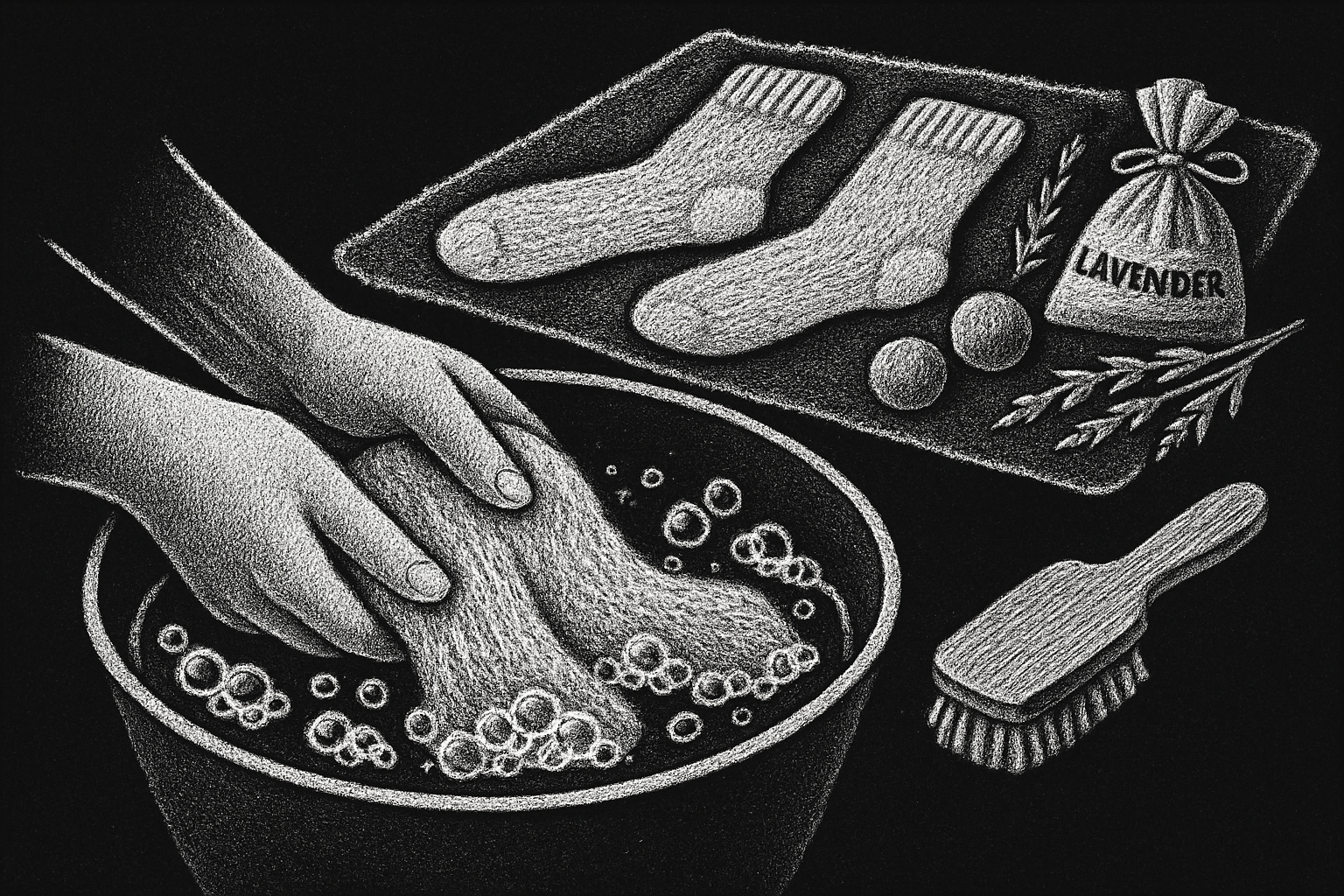
Washing Mohair Socks Correctly
To extend the life of your mohair sock, always start with gentle washing. Hand washing is the gold standard. Fill a basin with lukewarm water and add a small amount of gentle, plant-based detergent. Submerge your mohair sock and gently agitate—never wring or twist.
Machine washing is also possible for mohair sock care. Use a delicate or wool cycle, place socks in a mesh laundry bag, and always opt for cold water. Avoid bleach, harsh chemicals, and fabric softeners, as these can damage the fibers.
For a detailed step-by-step guide, you can check out Caring for Your Alpaca & Mohair Socks, which shares expert tips for the best results.
Drying and Storing Mohair Socks
After washing, air drying is best for your mohair sock. Lay each sock flat on a clean, dry towel, away from direct sunlight. This helps prevent color fading and fiber damage.
Never use tumble dryers or place your mohair sock on radiators. High heat can shrink or weaken the fibers. For storage, keep socks in a cool, dry place. Protect your mohair sock from moths by adding cedar balls or lavender sachets to your drawer.
Storing socks properly helps maintain their shape, softness, and vibrant color for longer.
Dealing with Stains and Repairs
If your mohair sock encounters a stain, act quickly. Gently blot the area with a damp cloth and mild soap. Avoid rubbing, as it can push the stain deeper into the fibers.
For small holes or snags in your mohair sock, repair them promptly with a needle and matching thread. This simple step can prevent further damage and extend the life of your socks.
Regular inspections help you catch minor issues before they become bigger problems.
Maintaining Shape and Softness
To keep your mohair sock in top condition, gently reshape each sock while it’s still damp after washing. This prevents stretching and maintains the original fit.
Occasionally, give your mohair sock a gentle brush with a soft-bristle brush. This restores the natural fluff, sheen, and softness that mohair is known for.
Consistent care ensures every mohair sock remains luxurious and comfortable.
Longevity Tips
Rotate your mohair sock pairs to distribute wear evenly. This practice minimizes stress on any one pair and helps them last even longer.
When traveling, store your mohair sock in breathable bags to avoid moisture buildup. Always ensure socks are clean and dry before packing to prevent odors and maintain freshness.
By following these simple tips, your mohair sock collection can deliver exceptional comfort and durability with minimal effort.
How to Choose the Best Mohair Socks in 2025
Looking to invest in a mohair sock that perfectly fits your needs in 2025? With so many choices, it’s easy to feel overwhelmed. Let’s break down the essential factors—blends, fit, ethical sourcing, style, value, and where to buy—so you can confidently select your ideal pair.
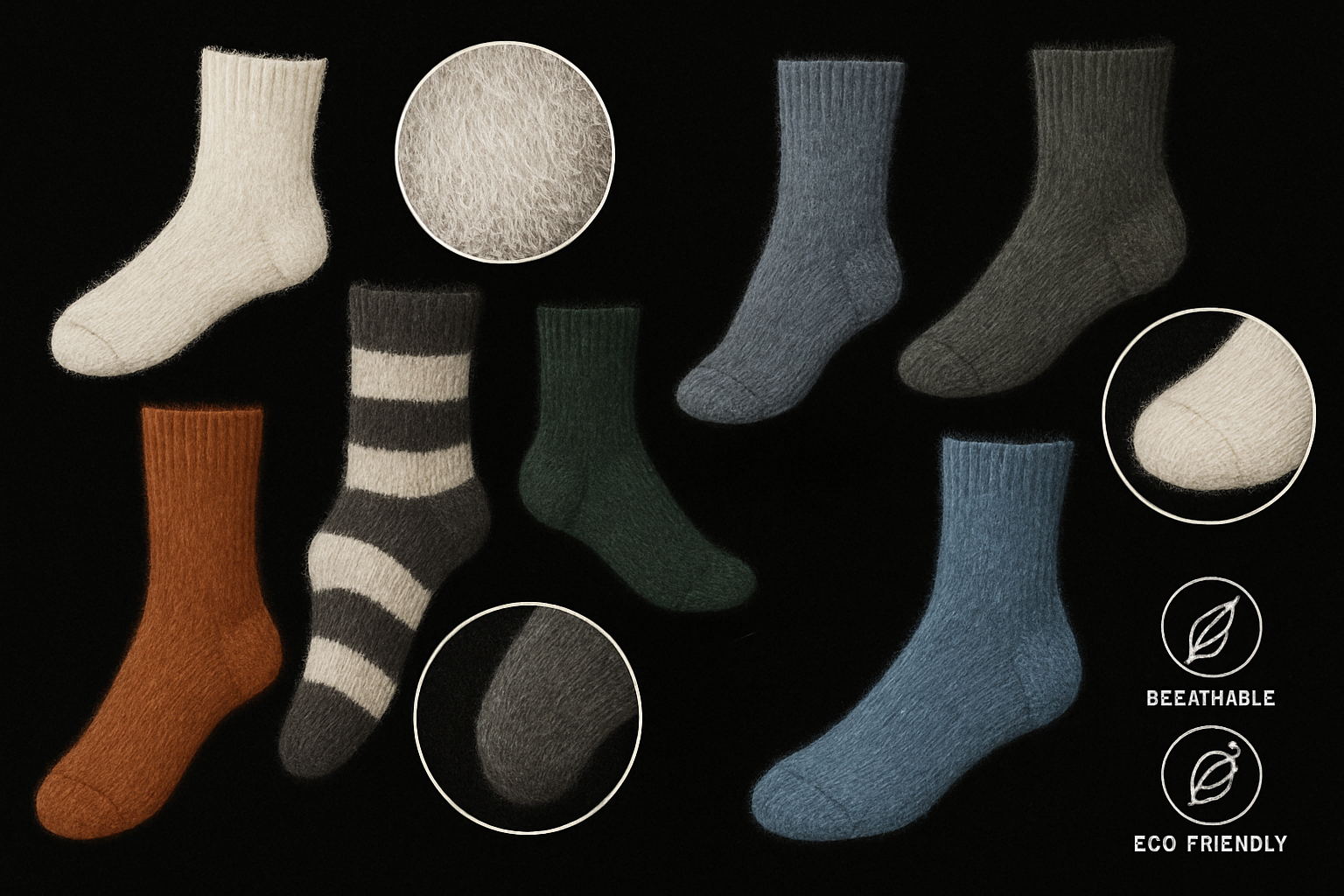
Understanding Mohair Sock Blends and Construction
When shopping for a mohair sock, you’ll encounter both pure and blended options. Pure mohair socks are luxuriously soft and naturally insulating, but blends often add strength and durability. Common combinations include mohair with merino wool for added warmth, silk for extra softness, or nylon for resilience.
Seamless toes and reinforced heels are construction features worth seeking out. These reduce friction and extend the life of your mohair sock. The right blend and construction ensure comfort whether you’re hiking, lounging, or tackling daily routines.
Sizing, Fit, and Comfort Features
A mohair sock that fits well can transform your daily comfort. Always check sizing charts, as a good fit prevents bunching and blisters. Look for socks with ribbed cuffs—these help your socks stay up without digging in.
Other comfort features include arch support, targeted cushioning, and anatomical shaping. Many mohair sock brands design their products for all-day wear, so you’ll enjoy a snug yet gentle fit. Prioritize comfort features based on your activity level and preferences.
Assessing Quality and Ethical Sourcing
Quality in a mohair sock goes beyond softness. Look for certifications like the Responsible Mohair Standard, which ensure animal welfare and sustainable farming. Transparent sourcing practices show a brand’s commitment to quality and ethics.
Check for brands using plant-based dyes and local production to reduce environmental impact. Ethical sourcing also means fair labor and support for small-scale farms. A high-quality mohair sock will last longer and feel better, both inside and out.
Style, Color, and Thickness Options
Mohair sock options in 2025 are more stylish and versatile than ever. Choose from crew, ankle, knee-high, or specialty outdoor socks. Colorways range from undyed naturals to vibrant hues created with plant-based dyes.
Thickness matters: lightweight mohair sock styles are great for office wear, while thicker options suit hiking or winter lounging. With so many choices, you can match your mohair sock to your wardrobe and activities with ease.
Price vs. Value
The price of a mohair sock can range from affordable to premium, depending on blend, craftsmanship, and ethical standards. While the initial cost may be higher than cotton or synthetic socks, mohair’s durability means fewer replacements over time.
Consider cost-per-wear when evaluating value. A well-made mohair sock can last years, justifying a higher price tag. Look for features and certifications that support the price, and remember that investing in quality pays off in comfort and longevity.
Where to Buy: Online and In-Store Options
Finding the right mohair sock is easier than ever, with reputable online retailers, artisan brands, and local sock shops offering a wide selection. When shopping online, always check for clear fiber content and brand reputation.
To explore a curated range of authentic mohair socks, visit the Mohair Socks Collection, where you’ll find options for every taste and need. Whether you prefer to shop in-store or online, prioritize trusted sources to avoid counterfeits and ensure you’re getting genuine mohair sock quality.
Mohair Socks vs. Other Natural Fiber Socks
Choosing the right natural fiber sock can be overwhelming, especially when mohair sock options are on the table. To help you make sense of your choices, let’s break down how mohair socks stack up against popular alternatives like wool, alpaca, and cashmere.
Mohair vs. Wool, Alpaca, and Cashmere Socks
When comparing mohair sock qualities to other fibers, the differences are clear. Mohair offers a natural sheen and exceptional softness, while wool is known for warmth and cushioning. Alpaca socks are prized for their gentle touch and hypoallergenic nature, and cashmere brings unmatched luxury at a premium price. According to Mohair Fiber Properties, mohair’s smooth, elastic structure makes it less prone to pilling and more resilient over time.
| Fiber | Comfort | Durability | Breathability | Warmth | Price |
|---|---|---|---|---|---|
| Mohair | Silky, soft | Excellent | High | Medium-High | $$-$$$ |
| Wool | Cushioned | Good | Moderate | High | $-$$ |
| Alpaca | Ultra-soft | Good | High | High | $$-$$$ |
| Cashmere | Luxurious | Moderate | Moderate | Medium | $$$$ |
Mohair sock fans appreciate their blister-preventing softness, especially if you have sensitive skin.
Performance in Different Climates and Activities
Mohair sock performance shines in various conditions. Whether you’re trekking through chilly mountains or running errands in summer, their moisture-wicking fibers keep feet dry and comfortable. For outdoor enthusiasts, the Why Mohair Socks Are Best for Hiking article highlights their ability to reduce blisters and manage sweat better than most wool or alpaca options.
Wool socks excel in cold, damp environments, while alpaca socks are perfect for those who prioritize softness in colder weather. Cashmere socks are best suited for luxury lounging or formal settings. Mohair sock versatility makes them a reliable year-round choice for hiking, travel, and daily wear.
Maintenance and Longevity Comparison
Caring for your mohair sock investment is straightforward. They require gentle washing and air drying, similar to wool and alpaca, but mohair’s natural elasticity means they resist matting and pilling better. Wool socks can become scratchy with repeated washes, and alpaca, while durable, may lose shape over time. Cashmere socks are delicate and demand extra care.
Mohair sock durability stands out, often lasting three to five times longer than regular wool socks. This longevity makes them a practical choice for those who want socks that keep their shape and softness after frequent use.
Price and Value Considerations
When it comes to price, mohair sock options typically fall between wool and cashmere. While you might pay more upfront than for basic wool socks, the extended lifespan and performance of mohair socks offer better cost-per-wear value. Alpaca and cashmere socks command higher prices for their softness and luxury, but may not match mohair’s durability.
For those seeking a blend of comfort, performance, and value, mohair sock choices are hard to beat. If you need socks that can handle both outdoor adventures and everyday routines, mohair is a smart investment.
Trends and Innovations in Mohair Socks for 2025
The mohair sock industry is evolving rapidly in 2025, blending tradition with groundbreaking trends. New approaches in sustainability, production, and design are shaping what consumers expect from their mohair sock choices. Whether you’re seeking luxury, function, or eco-friendliness, these innovations are worth watching.
Sustainable and Ethical Production
Sustainability is at the heart of the mohair sock revolution. Producers are increasingly switching to plant-based and natural dyes, along with closed-loop dye processes that minimize waste. Farm-to-sock transparency is becoming the norm, with brands sharing details about their sourcing and supporting small-scale Angora goat farmers.
To understand the environmental journey of your next mohair sock, see Mohair's Environmental Impact for a balanced look at both the positive and negative aspects of mohair’s sustainability.
Technological Advances in Yarn Spinning and Blending
Innovation isn’t just about style—it’s about performance. Advances in yarn spinning have led to new mohair sock blends that offer even better moisture control, added durability, and unmatched softness. Seamless and ergonomic sock designs are now standard, reducing irritation and improving fit for both active and everyday wear.
These technical upgrades ensure every mohair sock stands out for comfort and long-lasting quality.
Fashion and Lifestyle Trends
Mohair sock fashion is booming, and luxury loungewear is leading the charge. Athleisure styles are gaining ground, with mohair socks featured in new designer collaborations. The result? Socks that aren’t just functional, but also a statement piece for any wardrobe.
Eco-conscious consumers are driving this trend, seeking mohair sock options that blend comfort, ethics, and runway-ready appeal.
Customization and Personalization
Personalized mohair sock options are more accessible than ever. Brands now offer bespoke sizing, custom color palettes, and even monogramming. Small-batch and limited-edition collections allow enthusiasts to find unique styles that match their individual tastes.
This wave of customization is making the mohair sock a must-have for those who demand both exclusivity and comfort.
Market Outlook: Consumer Demand and Availability
The mohair sock market is set for significant growth in 2025. Statistics show rising demand across both mainstream and niche markets, fueled by innovation and sustainability. Retailers are expanding their offerings, making it easier to find high-quality options for every style and activity.
With more choices than ever, finding the perfect mohair sock has never been simpler—or more exciting.
